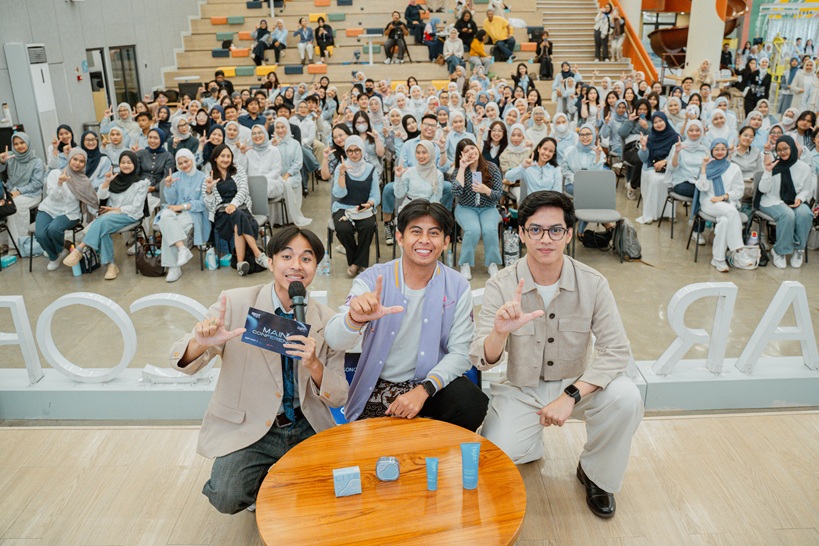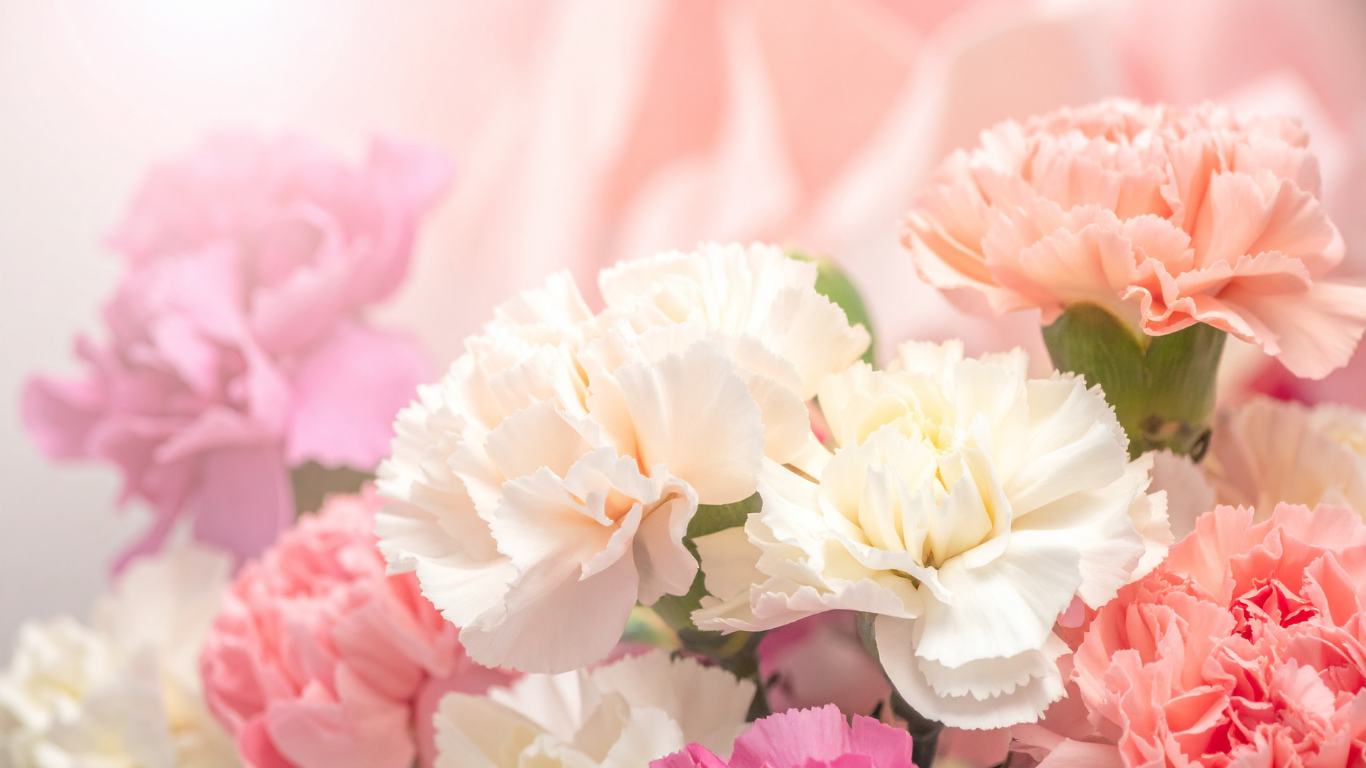Taking Stance in Feminist Arts

There are many movements that promote women issues; there are also many arts exhibitions held in Indonesia, but not often the two are combined. It’s a shame, since arts can be a powerful tool that speaks volumes about many problems, including the prevalence of sexual violence against women.
Commemorating the International Day for the Elimination of Violence against Women and the 16 days campaign to end violence against women, Arts for Women and Peace Women Across the Globe Indonesia (PWAG) held a talk show on November 27 in Gedung Sarinah, Jakarta Biennale themed “FEMART: Artists and Sexual Violence”. Speaking at the event were Dewi Candraningrum from Jurnal Perempuan, Naomi Srikandi from Teater Garasi Yogyakarta, and Linda Christiaty from Jakarta Arts Council. Moderated by Olin Monteiro, National Coordinator of PWAG Indonesia, the talk show aims at connecting ideas and perspectives on the myriad problems related to violence against women.
What is feminist art?
Dewi Candraningrum opens the discussion by explaining the meaning of feminist art. She said feminist art is an artwork that both implicitly and explicitly expresses its stance as a form of movement and advocacy, while addressing the problem of violence and oppression towards women or LGBT people.
“When talking about arts, there’s a debate whether to consider an artwork as merely an artwork or whether it should contain a political statement,” said Dewi, who is both a writer and a painter.
“Feminist art narrates something about itself and tells its story explicitly. Feminist art must carry moral responsibilities,” she emphasized.
Feminist art is a movement during the 60s and 70s to criticize the idealization of arts produced exclusively by men only. Feminist art plays an important political tool to represent feminist perspectives as it serves its recreational purposes, provides a healing tool, and gives room for advocacy as well as movement against unjust stereotypes that doesn’t represent the spirit of equality.
“I don’t believe in the credibility of an artwork that has no political statements at all,” said Dewi.
“An artwork is the mirror of thoughts and mentality of an era. It will seek justice, it has the capability to reflect a certain idea from an era and show its stance in the spirit of the era,” she added.
Performance art and violence against women

Naomi Srikandi, who has been working professionally in performance arts since 1994, said that art is the manifestation of experience and how artists try to make sense of that experience through a certain form.
She tells the story of her fellow actress, Eri Trina Baskoro, who approached the issue of violence against women through her monologue Demam dalam 50cm3 (Fever in 50cm3). Eri’s performance is based on a real event: the story of a victim of domestic violence who murdered her own twin children in a 50cm3 bath tub. Her children had always caught a fever, so she put them in the bathtub to stop their fever.
“Art is a tool, but to separate the artists from the responsibility of their artworks is impossible,” she said.
She explains how Eri did social works, conducted researches and interviews while producing the monologue. At first, artists have to decide on their medium medium or what to do with the idea; whether she or he will write it down, paint it, or act it out. Eri chose to act it out in the form of a monologue and freed herself through body movements. While producing arts, artists immerse themselves deeply in an issue that makes it impossible for them not to take a stance.
“Actors often create their work as therapeutic art for themselves as well. They need it as a medium to express themselves and their frustration of something. Art is a therapy for them,” Naomi said.
“Violence might not happen to us in our real life, but it surely happens in our surroundings,” she added.
Literature and violence against women
Linda Kristianti, a writer and a reporter, said that arts have advocacy intention that cannot be separated from its political stance.
“The role of language and media can be a form of advocacy to educate and reproduce, but it also has the capability to form public judgment,” Linda said.
Literature can be an effective tool for advocacy; therefore it’s often used as a medium to raise awareness of a certain issue. She said while writing literature, it’s important to understand the context.
“It’s very possible for a writer to show gender biases or being misogynistic even without realizing it,” she explains.
Dewi added an explanation of a way to investigate writers’ stance through their works.
“For instance, we can notice writers’ position by investigating the power relation of men and women in the story,” she said. Having a lot of women characters doesn’t necessarily mean that the writer is trying to empower women.
“Although a story has dozens of women and only one man, if the man’s role is an ustad (Islamic teacher) who dominates and controls women – it certainly doesn’t represent the just power relation,” said Dewi.
“On the other hand, we may also have a story that doesn’t have a woman at all, but a man who promotes the idea of justice and equality,” she added.
It’s important to analyze contexts while investigating an artwork in order to understand the artists’ personal stance, she said. When reading a work of literature, for example, we can analyze who has the authority, what is the hierarchy at place, who dominates relationships, who oppresses and who is oppressed.
The discussion is part of this year’s Jakarta Biennale, which highlights gender issuesas its one of its main focuses. Magdalene is an official media partner of Jakarta Biennale.






















